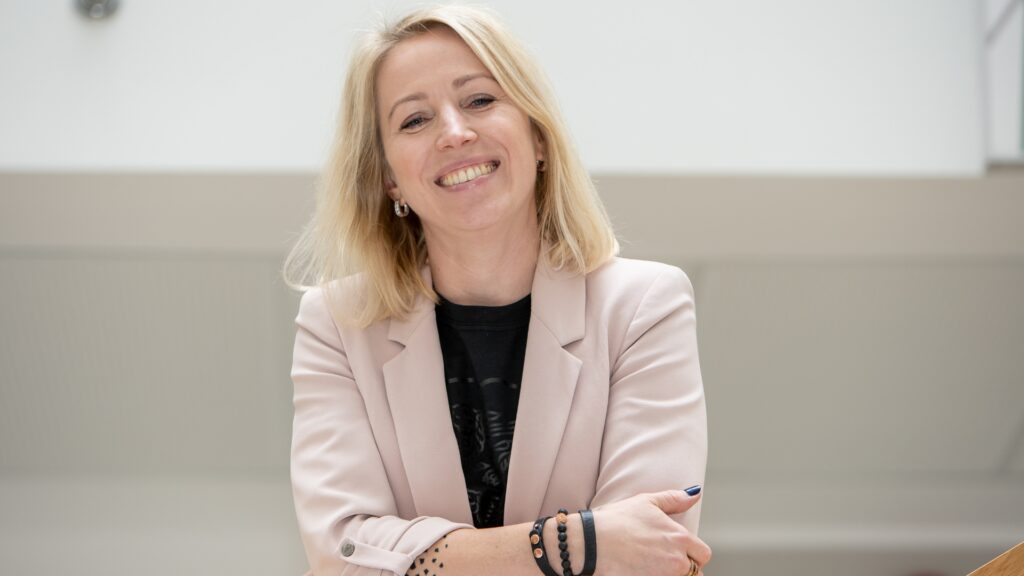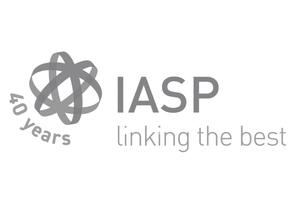24.05.2021
Kadi Villers: how to take Estonian companies to the frontline of innovation?

From the annual conference of employers held at the end of March, several statements on innovation were made, which still leave a lot of room for development for both the Estonian state and our companies in terms of innovation. “Estonia needs an innovation president!” (Ruth Oltjer, founder of Chemi-Pharm) or “There are about 250 companies all over Estonia that report research and development costs” (President of the Republic Kersti Kaljulaid). Why is the state of innovation in our companies still such that only a handful of companies systematically develop innovative technologies, products-services and business models, and those who invest at least 2% of their turnover or one million euros in their own R&D are a third less?
Tehnopol cooperates with many Estonian companies, thus increasing innovation capacity to support business. By communicating with these companies, mapping their situation and business opportunities and cooperating with them, we have identified several and very different reasons why Estonian companies have still not made great progress in terms of the level of innovation compared to European companies.
Lack of understanding of the innovation process
Often, managers’ perceptions of innovation are a bit one-sided. Innovation is considered only in the context of product or service development or new technology, leaving behind the development opportunities related to the innovation of the business model. These would be, for example, an innovative approach to choosing sales and marketing channels or a revenue model, as well as implementing hitherto unused forms of cooperation or finding customer segments. In addition, a more diverse approach is limited by the cultural context of the company, as the culture of innovation in companies does not always reach the DNA of every employee, but remains something that is only dealt with in management or product development.
In addition to the organizational cultural context, the implementation of innovations is often not supported by the company’s processes and structure. Few companies have a continuous and operational process for collecting, analyzing and selecting innovative ideas, or a clear way of gathering or hiring so-called bottom to top initiatives within teams. Rarely do we see a secure environment for experimenting with ideas or developing innovative solutions, systematically involving relevant external partners or even customers at sufficient stages of development. As a result, innovation in companies often remains a one-off development or project-based output, but does not become a continuous practice or way of thinking.
The issue of innovation and measuring its performance is complex. The profitability of new ideas is usually attempted to be calculated and evaluated either on the basis of the rate of return on investment (ROI) or on the basis of turnover, profit or market share growth, but each of them has its own challenges. Due to the very high level of risk and ignorance, ROI is difficult to measure in advance. On the other hand, turnover, profit and market share data only arrive ex-post and are influenced by a number of other factors, which do not allow a clear assessment of the impact of a particular innovation. In a high-risk situation where you lack a clear and reliable system of indicators, it is more difficult to justify and attract investment in innovation activities, which is why many companies face challenges in finding funding for innovation.
Solution: measurement, collaboration and network
So what can be done to make Estonian companies catch up with Europe by taking bigger steps in innovation? There is a lot that companies can do, but for some activities, it is worth seeking support and help from support organizations. The first step should be to measure results – in the context of doing business, it is said that you get what you measure. This means that it is important for the company to create a corresponding system of indicators that measures the priority innovation activities and their results. For example, the number of ideas for new products or services for development submitted by employees, the turnover generated by a new customer segment, the share of the innovation budget in turnover, the number of development partners involved, etc. Of course, in parallel, it is worth monitoring and trying to assess their impact on the company’s overall business and the relationship with general business metrics, which are mostly turnover, profit, market share and their growth.
Companies should also be open to involving external partners in their development activities when looking for innovative solutions. Versatile co-operation can be established with start-ups in their field, as well as with companies of their kind – yes, thoughtfully even with competitors – and research and development institutions, and even more broadly with clients, potential clients, educational institutions, students and many other groups involved in the field. There are also a number of format options for cooperation, ranging from individual consultancy agreements or framework cooperation agreements to the organization of a public or private hackathon, design sprint, or participation in an EU-funded cooperation project.
Assessing the innovation challenges and development opportunities of companies helps to map and identify innovation capacity – depending on the methodology, there are several different tools for this. This insight helps the company to create a structured innovation process in the company, prioritize activities, define the innovation strategy in line with the company’s strategy and identify the resources needed to implement it, including the person or team responsible.
Certainly, there is a lot of substantive value, but also professional support from belonging to a thematic community, such as the Innovation Leaders Club launched in cooperation between Tehnopol and SEB. Discussing issues important to your company with community members, exchanging experiences – both success stories and failures -, topic discussions and practical work exercises involving experts allow you to learn and encourage each other and field experts, find like-minded people and partners with like-minded communities and goals. In addition to large ones, large companies can also learn from start-ups, borrow an example from them in terms of both thinking and acting: proven customer-based development, immediate and repeated testing with the customer, rapid failures at an early stage of development, resource efficiency. In today’s market conditions and economic models, it is usually start-ups that are the drivers of innovation, so that following these business principles creates the preconditions for success for others as well.
As my last piece of advice, I would recommend that when thinking about innovation, setting goals and monitoring results, companies would be advised to follow the principle that it is always worth taking small steps and waiting and celebrating small victories when there are no resources, skills or courage. A small experience of success creates the right ground for future longer and longer steps and increasing ambition.

















